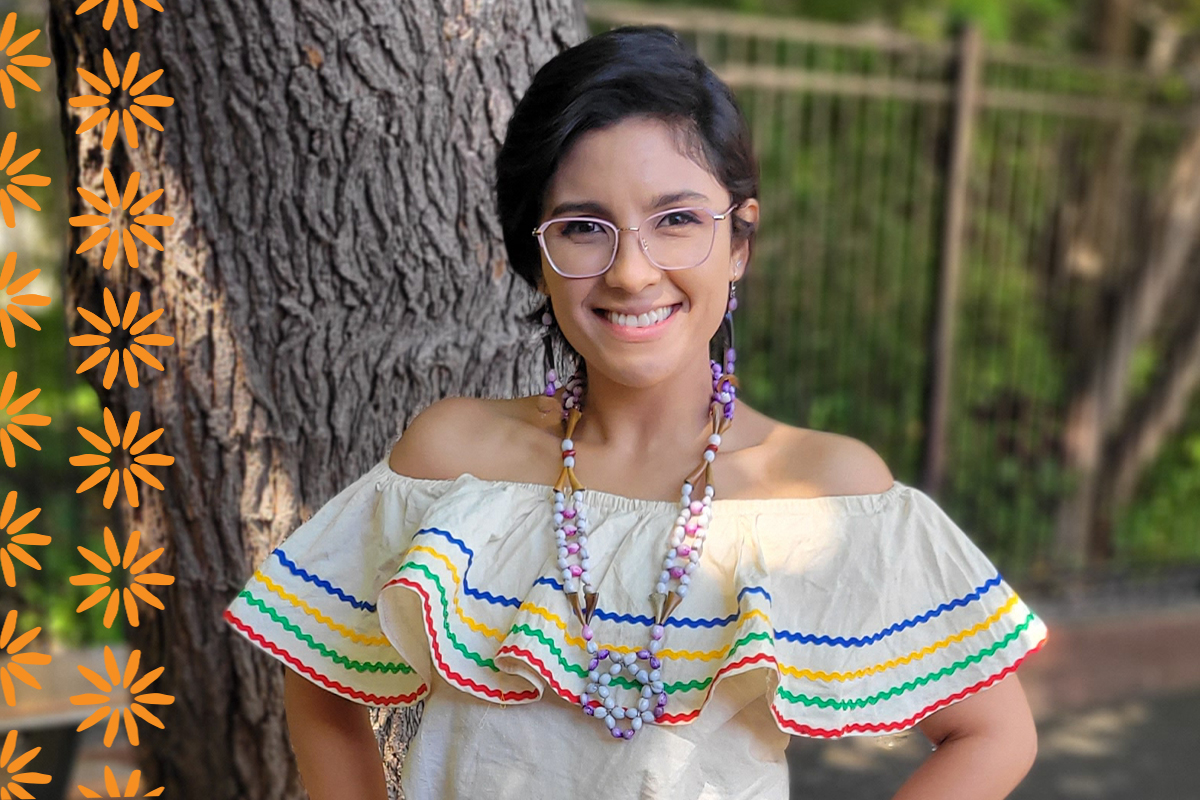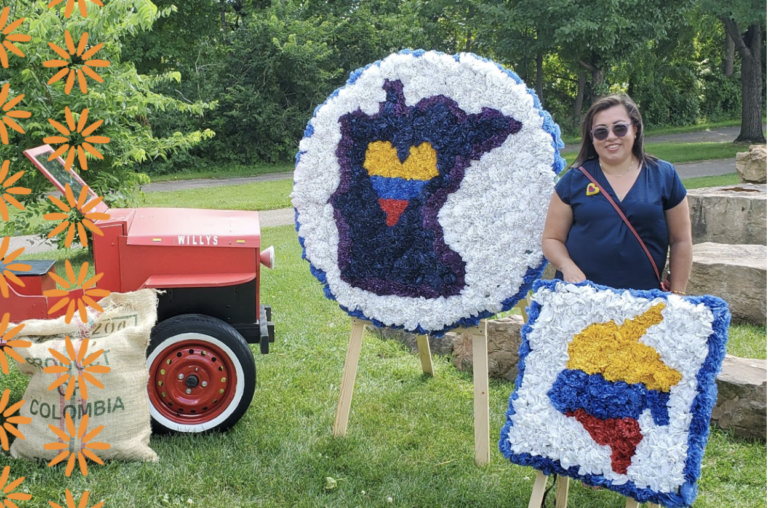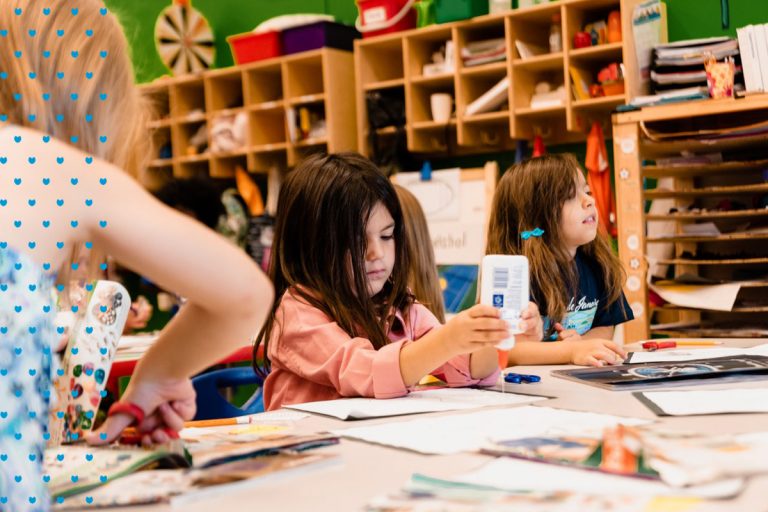Country of the Month: Honduras!

Nestled between Nicaragua, El Salvador, and Guatemala, Honduras is an inviting place many people know little about. It hides its beautiful treasures awaiting explorers to slowly uncover its culture, landscape, and history through their travels. We are excited to dive into a new culture with our little ones as we begin October! We will learn about Honduran cuisine, music, traditional dress, and meaningful national symbols through our Country of the Month program. And as we learn about this country in our classes, parents can learn about Honduras too to help stimulate children’s brains and join in on unique experiences. So what do you know about Honduras?
History
Honduras was like many other Latin American countries when the Spanish first arrived. It was home to various indigenous tribes, the Mayans being the most powerful; farmers carefully tended to their land each day and made discoveries to further their society. But with the arrival of the Spanish, this progress came to a halt. The Spanish arrived feverishly, hoping to extract gold in the area, and in doing so, they consistently warded off attacks from the indigenous population and even the British. Despite all of this, Spain maintained their strongholds. In time, harsh tactics would force Honduras to fight for its independence which it gained in 1821.
Honduras’ victory over the Spanish wasn’t long as Mexico claimed dominion over them. But in 1823, they broke off from Mexico and joined the United Provinces of Central America. Friction and corruption tainted this endeavor, thus leading Honduras to declare absolute independence in 1838. Its history is not only shaped by internal/neighboring conflict and natural disasters; it is also shaped by the culture they were able to preserve and a strong sense of identity and family.
Food
Honduran cuisine has strong Lenca influences as well as Mexican, Spanish, and the Caribbean. Lenca is the name of the indigenous group in Honduras. Although little is known about their culture, they have impacted Honduran cuisine significantly. Dishes typically include coconut milk, beans, flour tortillas, chili peppers, and seafood.
Baleada
This is by far the most popular dish in Honduras. And it is an easy dish to make at home! The classic baleada consists of a warm flour tortilla filled with refried beans, cheese, and sour cream and folded in half. Other ingredients such as ham, avocado, and plantains add different flavors to this popular breakfast item.
This dish uses a bountiful ingredient typically found along their coastline … the conch snail! The recipe for this delectable soup varies per family and can be difficult to make.
Pescado Frito
As the name indicates, this dish is fried fish, but it is not like you have seen before. Instead of the traditional fried fish sticks in America, the entire fish is deep-fried, making it a unique experience!
Montucas
The Honduran version of Mexican tamales. This item is made from corn dough and filled with a mixture of savory and sweet ingredients giving it its unique flavor.
Copán Ruins
If you ever travel virtually or in-person to Honduras, a great place to visit is the Mayan ruins at Copán! This beautiful archeological wonder gives us a glimpse into what the city looked like in the past and the landscapes indigenous groups were able to enjoy. These ruins are a national wonder hidden within a fertile mountain valley filled with lush vegetation and ruins covered in intricate designs. Diego García de Palacio first uncovered the ruins in 1570 but failed to excavate them fully. It wasn’t until the 19th century that everyone admired this lost city. Check out this photo and video gallery with your little one!
Mesoamerican Reef
Another beautiful wonder is the Mesoamerican Reef, the largest barrier reef in the Western hemisphere. It is a protected area containing bountiful coral and is home to many creatures, including reef fish and sharks!
Staff
Lastly, we would love to feature our fantastic staff from Honduras! Their positivity has been a great addition to our community. We are grateful for everything they have shared with our little ones and the knowledge they have brought to make Casa even better.


